Venus

Planet Under Pressure
Volcanic Venus is a place of crushing atmospheric pressure and broiling heat, one we cannot visit in person. Its desolate surface is hidden from our view by a blanket of clouds.
| Distance From Sun | 67.647 million mi (0.72x Earth’s distance from Sun) |
| Structure | iron core, mantle rock, crust rock |
| Temperature (Planetary Extremes) | Day 864°F (462°C); Night 864°F (462°C) |
| Mass | 1.2 Venuses = 1 Earth |
| Volume | 1.14 Venuses could fit inside Earth |
| Day | 117 days |
| Year | 225 days |
| Axial Tilt | 177° |
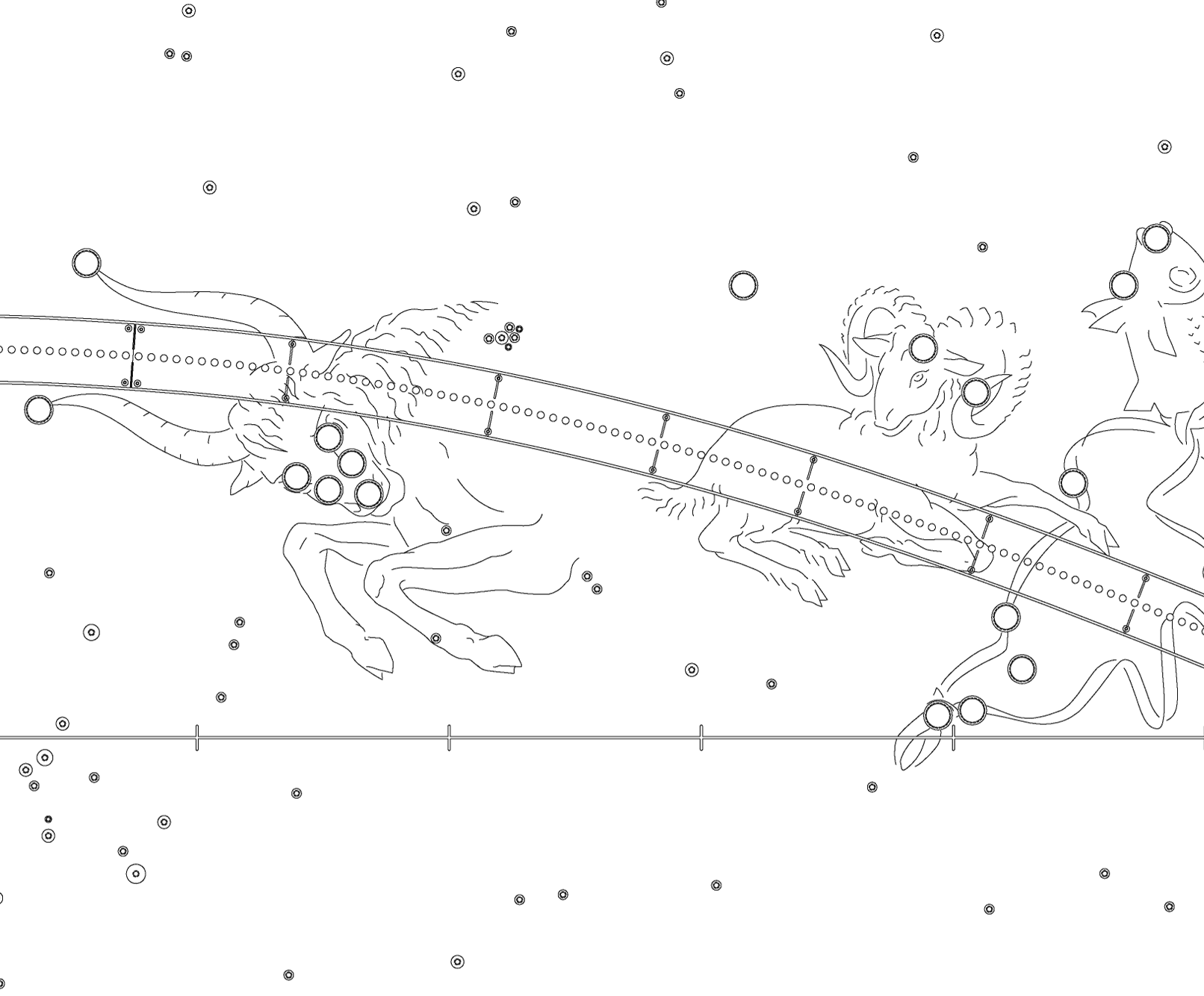

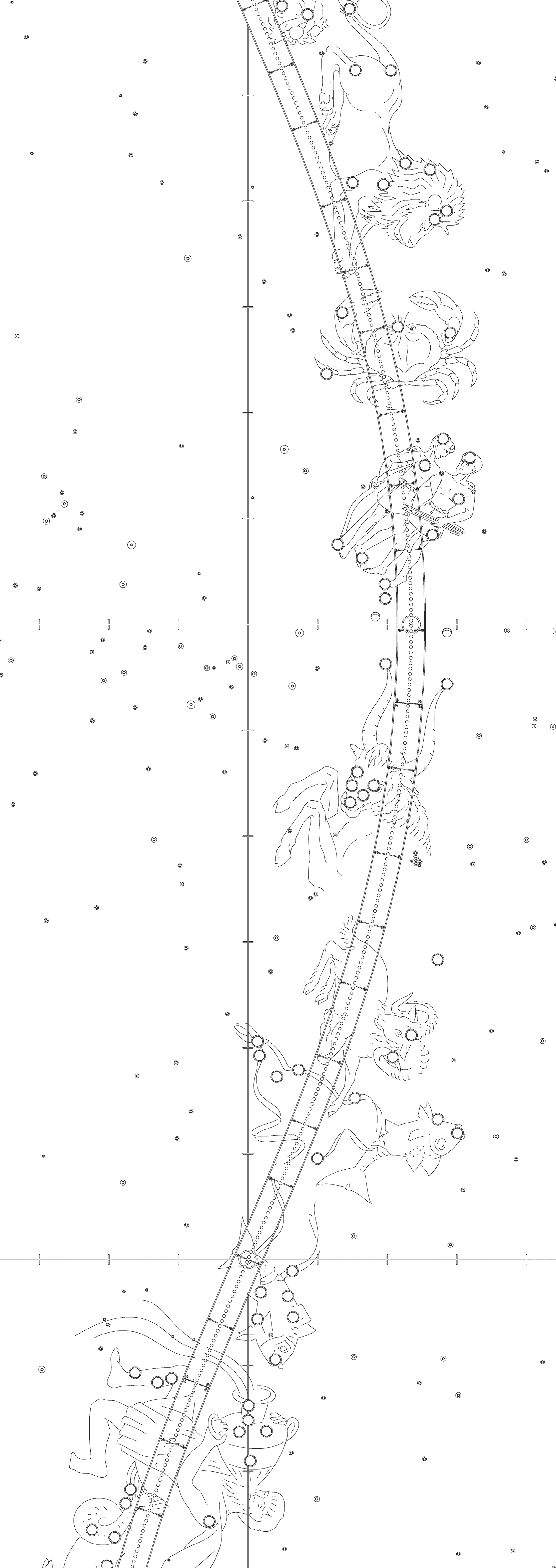
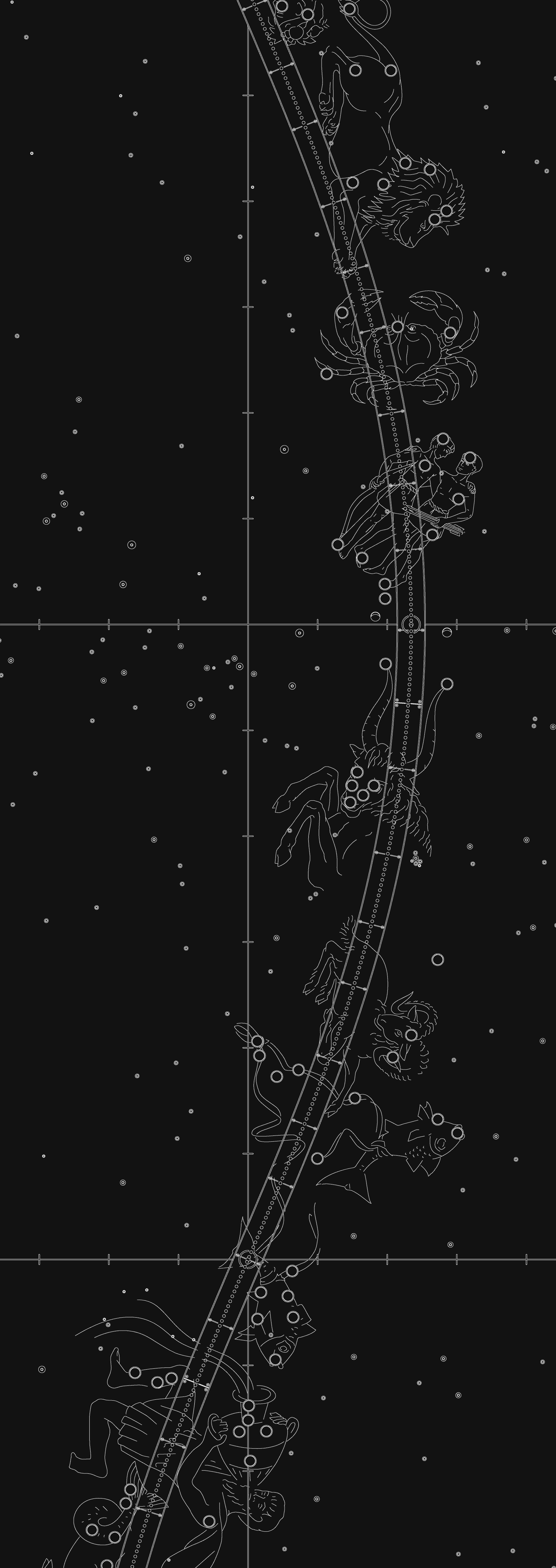
Surviving on Venus
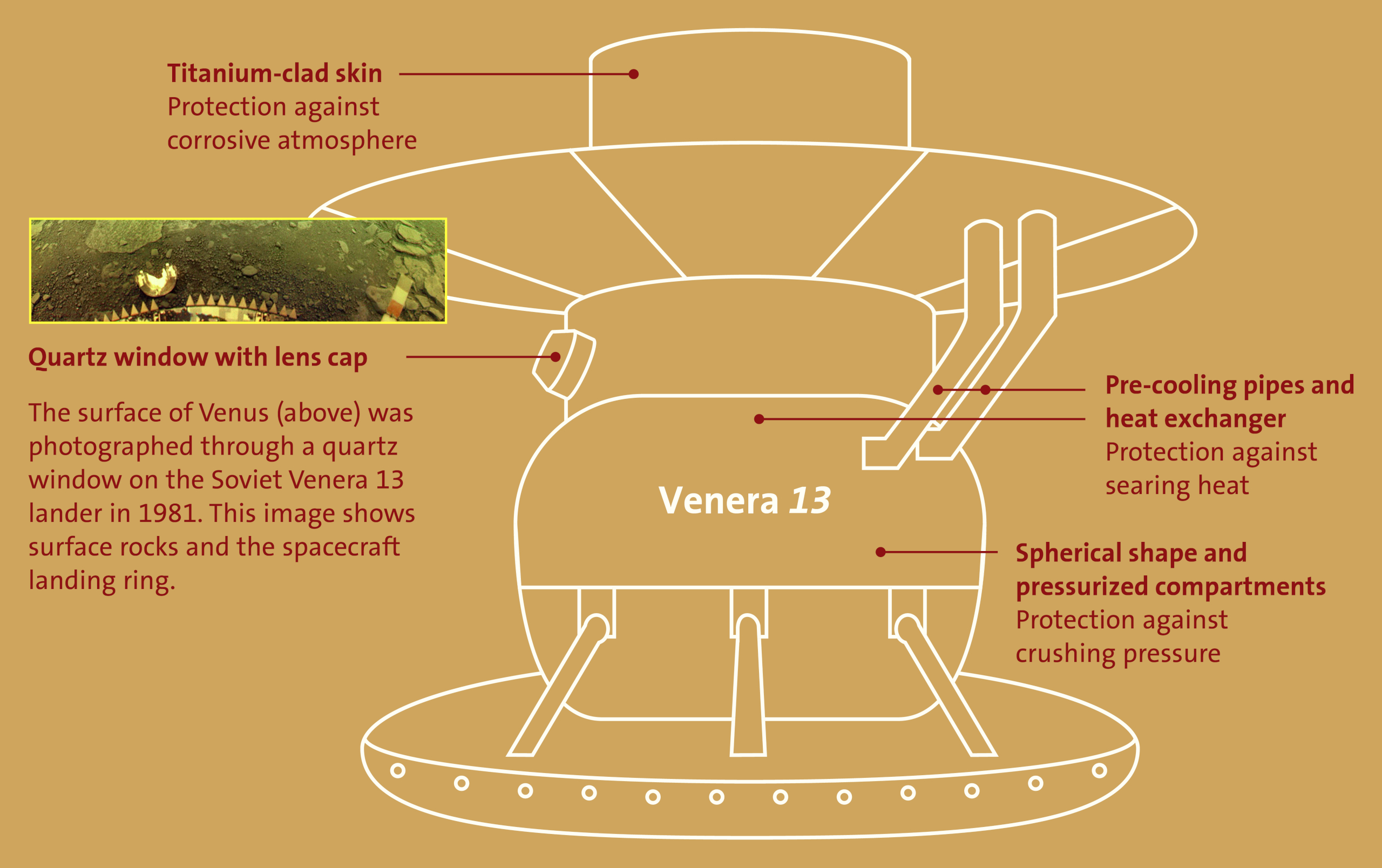
No one could live on deadly Venus. The carefully designed spacecraft sent by NASA studied the planet through diamond and sapphire windows. The pressurized Soviet landers were constructed like submarines. Each of the Venus spacecraft lasted only a short time before giving in to the extreme heat and crushing atmospheric pressure.
Planet of Volcanoes
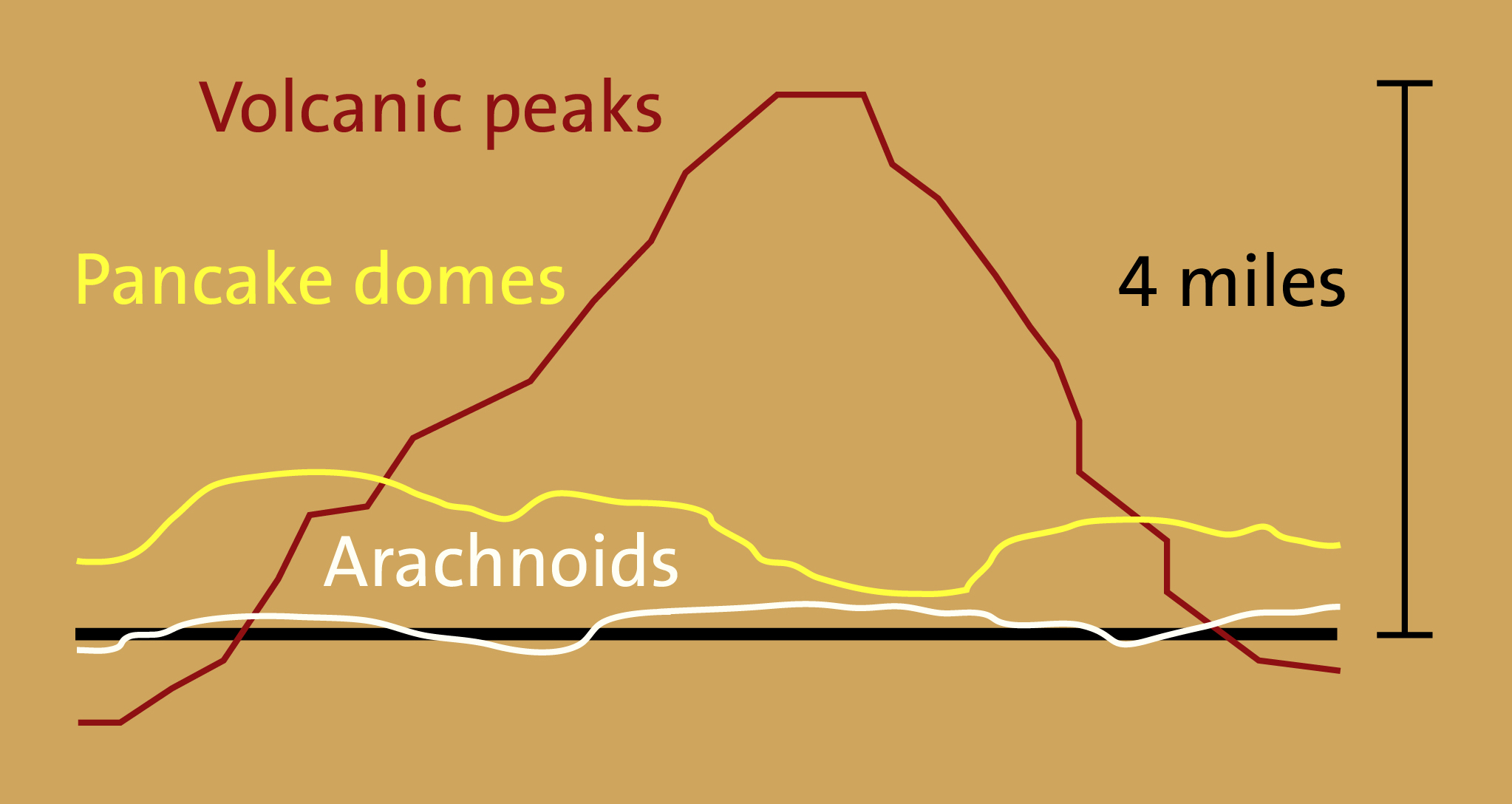
Volcanic activity on Venus creates unusual landforms. Lava peaks and pancake domes spread out across the surface. Strange-looking arachnoids fracture the landscape. Heat and clouds of sulfur gas escape into the heavy atmosphere that blankets the planet.
Fantasy Worlds Become Real

We once held very romantic views about other planets, especially our closest solar-system neighbors. Science-fiction writers imagined Venus as a lush “sister” to Earth, complete with jungles and dinosaurs. Mars enthusiasts dreamed of a world crossed by canals and populated by fantastic beings. A poet popularized the idea that the moon was made of green cheese. These flights of fantasy may seem silly today, but they propelled us to explore the solar system. Now our spacecraft show us the beauty of distant planetary landscapes.